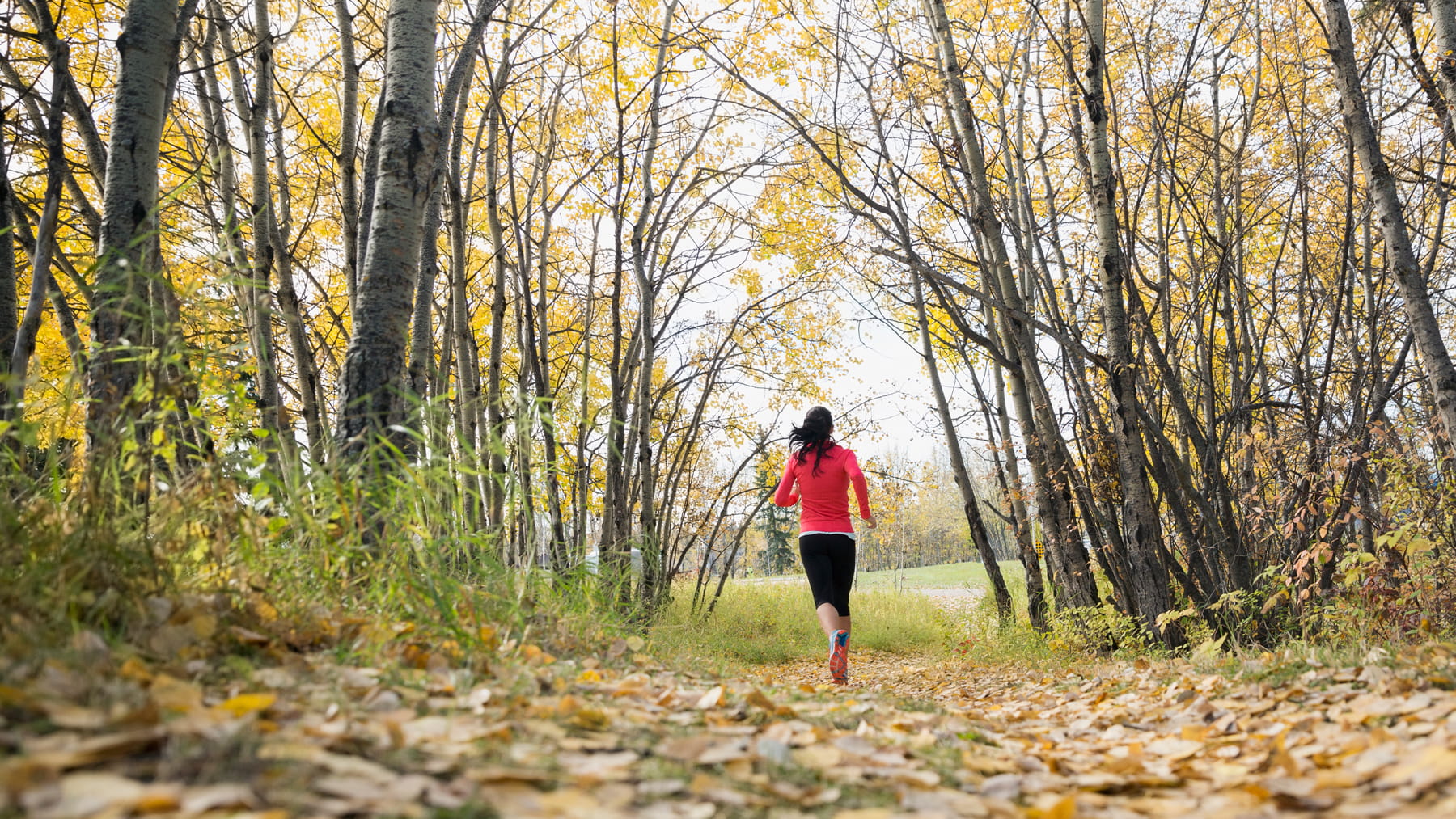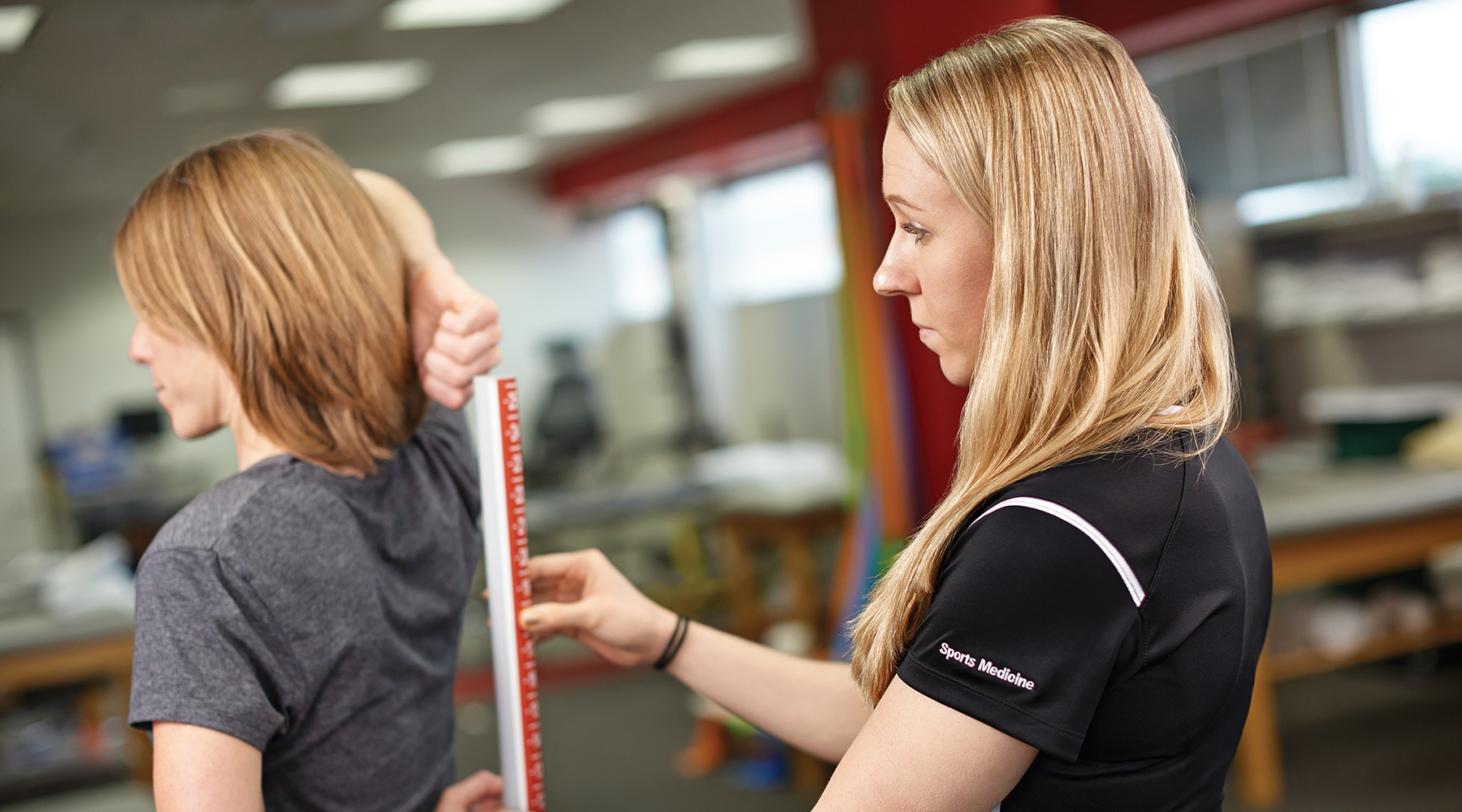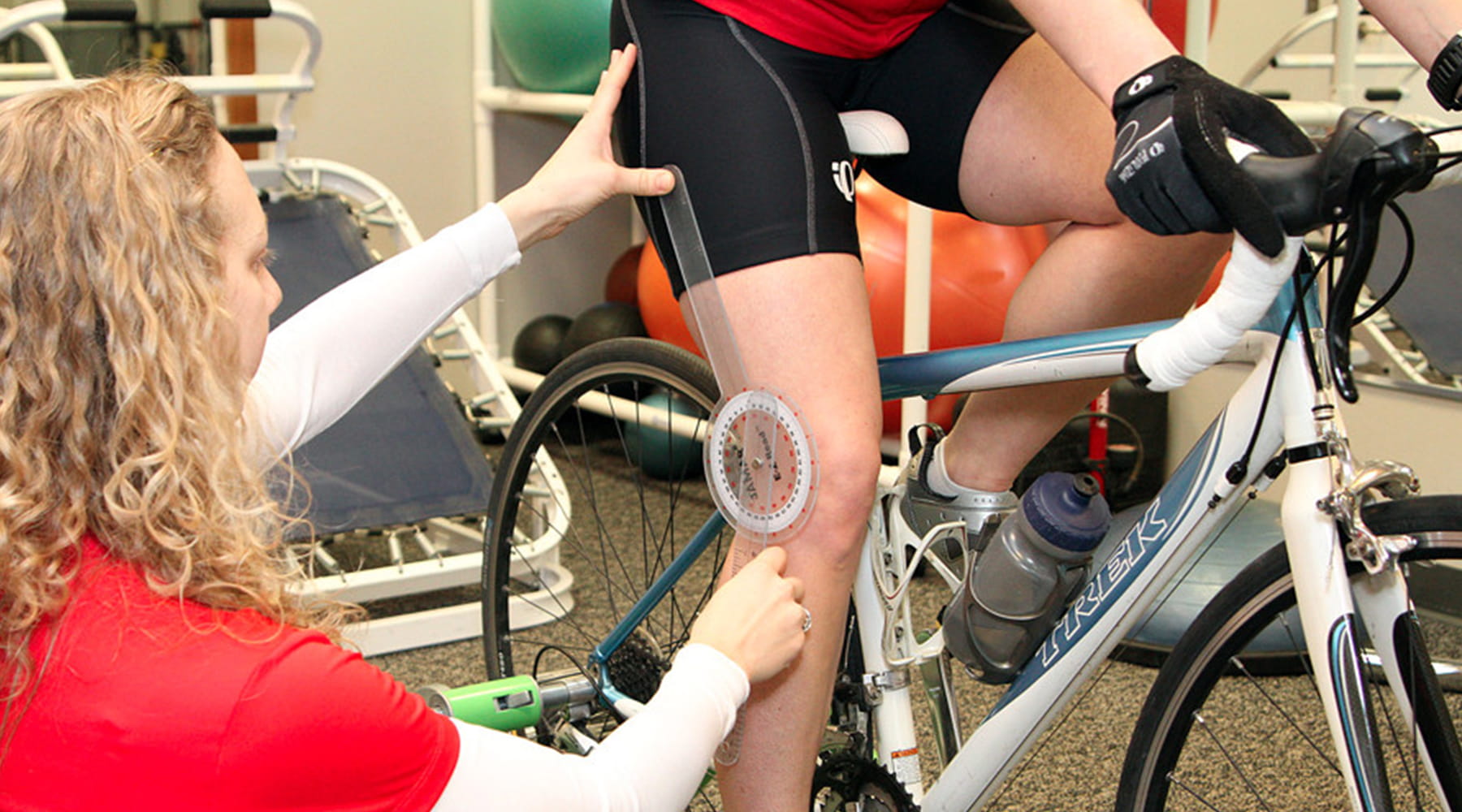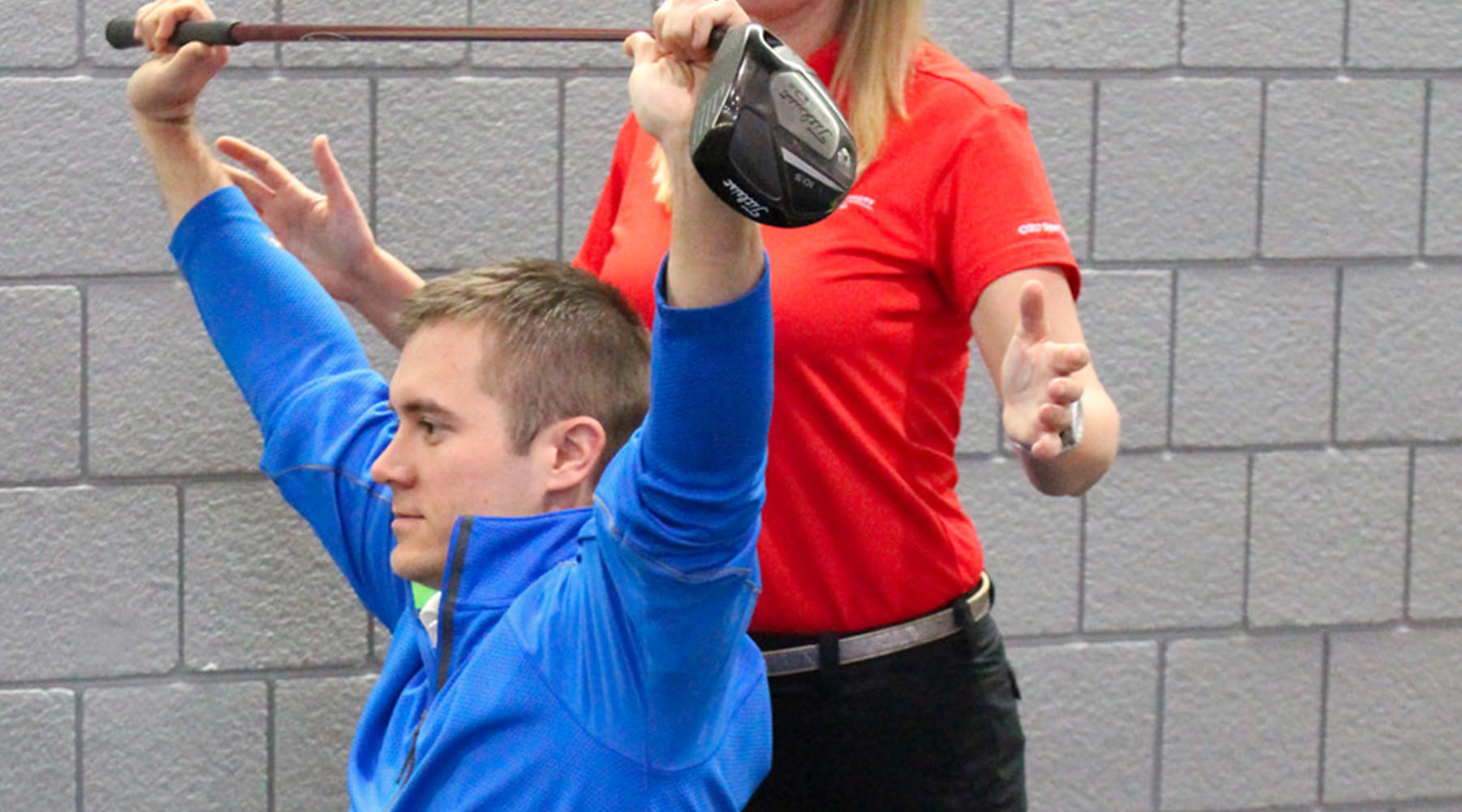No pain, more gain: Advanced methods take the hurt out of working out

As active as you are, there’s a good chance that you’ve participated in a competitive athletic event. Pelotonia, the Tri-Fit Challenge or even a 5K? Or maybe you have been working extra hard toward a personal fitness goal.
How did your preparation go? Did you get in enough training? Did your body respond as you had hoped, or were your knees killing you, your feet begging you to stop or your shoulder giving you a hard time?
When you apply some tried-and-true pointers along with innovative insights from sports medicine experts to your regimen, you should not only feel better but also do better.
Beyond strength training with a coach, sports performance begins with a comprehensive assessment used to develop an individualized program for your needs, shares Dan Inglis, who heads up Sports Performance at the Jameson Crane Sports Medicine Institute, which opened Sept. 22 at The Ohio State University Wexner Medical Center.
“Sports performance starts with teaching you the safest and smartest ways to train,” Inglis says.
Whatever you are crazy about doing shouldn't make you crazy when you do it. Be sure you are training smart and correctly to maximize your efforts and achieve your goal.
Avoiding injury with running and cutting sports
If you participate in activities such as soccer, basketball, volleyball, football or lacrosse, your biggest risk is your anterior cruciate ligament (ACL) along the knee. Focusing on these areas can help you avoid an ACL tear and other knee injuries:
- Work on proper jump-landing mechanics. When you land rigid, the impact is absorbed by the hip, knee and ankle joints. Learning to land more softly transfers the force to the glutes, hamstrings, quads and calves.
- Become aware of your body's position. Train your body through repeatable techniques and cues to be aware of proper form when you pivot and change direction quickly.
- Strengthen gluteals, hamstrings and quadriceps with squat and deadlifting movements.
- Increase trunk control with strengthening exercises with a variety of plyometric, balance and trunk- and leg-strengthening routines.
Avoiding injury with swimming, biking and cycling
Due to the repetitive nature of endurance sport activities, a slight misalignment can create inefficiency or pain.
- Consider a running gait analysis, a bike fit analysis or a video swim stroke analysis to learn the way you move and how those movements impact your joints. Areas of impairment can be related to areas of pain (for example, hip flexor muscle tightness can cause back pain with cycling).
- Work on improving your timing and form. Improper or unbalanced movement can limit your ultimate race potential. Inappropriate form is inefficient and puts higher forces through your joints and unnecessary loads on muscles and tendons.
Avoiding injury with golfing
If a golfer is lacking stability or mobility, issues can emerge: disc injuries, impingement of the hip, ligament injuries and lower back pain.
- Work on balance and coordination. Without these, your body will try to make up for the deficiencies, creating an inefficient swing that lacks power and consistency. This is when injury occurs.
- Get in some cardio-fitness. Make sure your heart and lungs are prepared for the bursts of activity that take place during golf.
- Get an analysis of your body and swing to learn your physical strengths and weaknesses.
Avoiding injury as a performance artist
If you’re a dancer, gymnast, musician, figure skater and other active artist, you should:
- Know your anatomy, particularly your feet and ankles. Do you have abnormal joint or body alignment or muscular imbalances? Are you forcing turnout? Are your feet rolling in? All these factors can cause injuries and pain for performers.
- Understand the role kinesiology plays in your craft. It’s the study of muscles and the science of testing and balancing them to restore equilibrium.
- Build your core stability and cross-training.
Remember that pain is your body’s way of warning you that something may be wrong. Don’t be alarmed every time you feel a twinge. However, when this twinge doesn’t resolve and becomes progressively worse, stop before you cause greater injury,” explains physical therapist Melissa Gallatin.
Getting your mind and body ready for your next athletic endeavor goes way beyond workouts and strength training. It is now about analyzing the biomechanics of your body and the minute adjustments to execution that produce improved results.
Here is a behind-the-scenes look at three ways active people will be able to have their performance evaluated at the new Sports Medicine Institute:
 Functional movement screen
Functional movement screen
- a seven-step assessment that can benefit all athletes
- examines fundamental movement patterns requiring mobility and stability
- body is placed in extreme positions that expose physical weaknesses and imbalances

- biomechanical measurements of fit are taken, customized to your bike
- appropriate adjustments made to everything from saddle height to foot position
- experts troubleshoot to try to relieve your pain when riding
- some issues examined: forward reach distance, cadence, core stability and shoulder position
 3D golf swing motion analysis
3D golf swing motion analysis- provides the most detailed information available on swing mechanics, force development, weight transfer and efficiency
- evaluates your body’s physical strengths and weaknesses
- examines how efficiently you generate and transfer energy from your body to the club





